✅ Best Solar Battery Size for Homes: 10kWh, 16kWh, or 20kWh?
Discover how to choose the right solar battery size for your home. Compare 10kWh, 16kWh, and 20kWh options to maximise savings, and solar in NSW.
Read more
Tesla Powerwall 3 Expansion is Now CEC-Approved & Available
Posted 19 Mar
With more and more homes and businesses looking into battery options with available rebates and incentives, finding the right battery can be a hard venture, with many variables like energy capacity, brands, and models. One aspect in finding the right battery for your home considers whether the battery is AC or DC-coupled, but what does this actually mean, and what's right for your property?
In its simplest form, AC-coupling is when a battery is connected to the AC side of your system, after the inverter. DC-coupling is before the inverter on the DC side.
AC vs. DC-coupling refers to where and how the battery is connected to your solar system. 'Coupling' is another word for connected - AC or DC-'connected' battery storage.
Because DC-coupled battery systems are connected on the DC side of the inverter, it relies on the inverter to convert the DC energy to AC for home consumption. AC-coupled batteries on the other hand have already 'gone through' the inverter, and from DC is converted back to AC via the battery's built-in inverter, independent of the main inverter.
Both DC & AC-coupling are chosen depending on elements like budget, goals, and existing system requirements of your home or business.
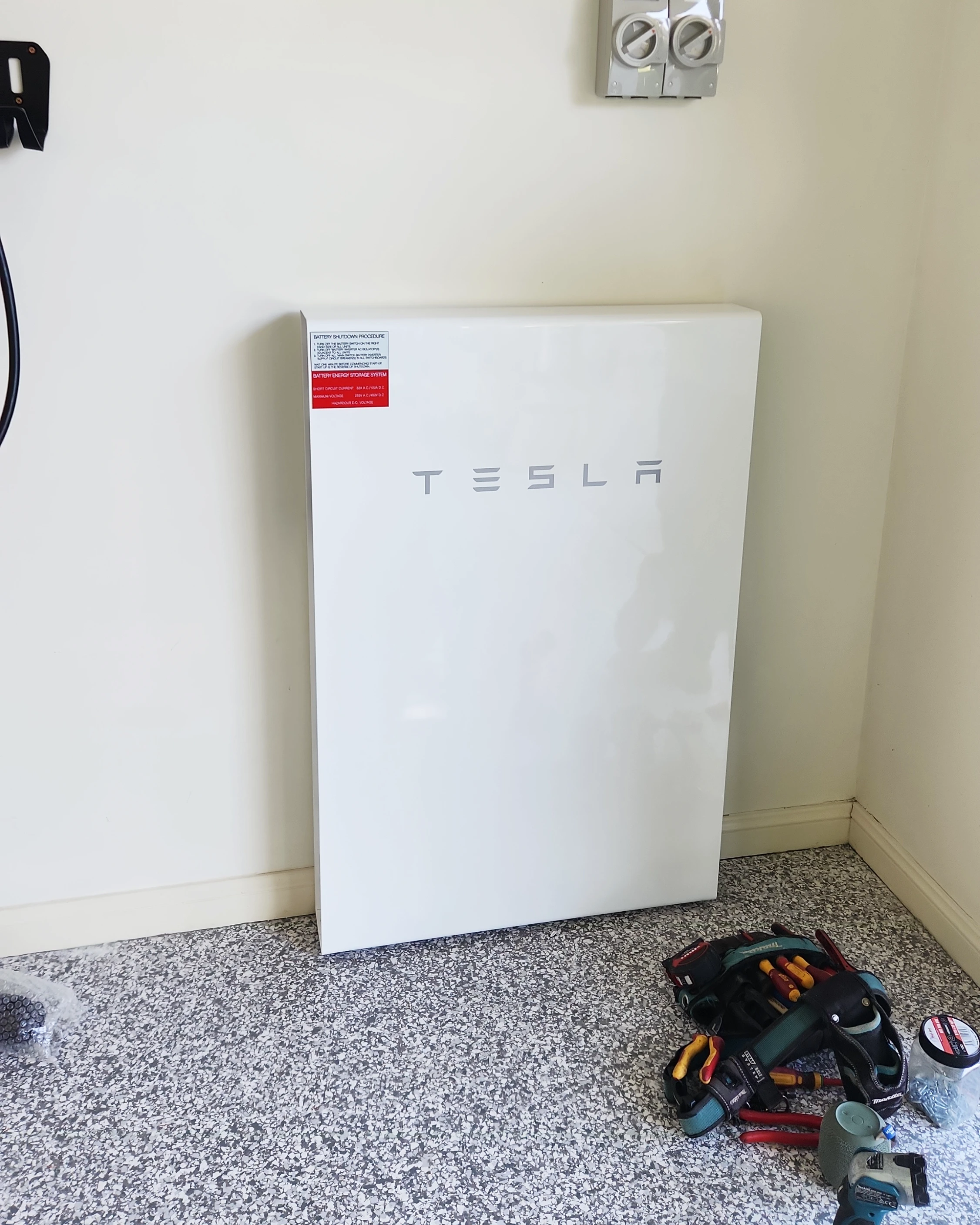
| AC-Coupled Battery | DC-Coupled Battery | |
| Recommended for | Retrofitting existing systems | New solar systems |
| Efficiency | Less efficient with multiple conversions between AC and DC. | More efficient with limited AC and DC conversions. |
| Complexity | This will depend on site conditions | |
| Inverter required | Normal Inverter with battery compatibility | Hybrid Inverter |
| Design | Design may require a battery-ready inverter or related equipment like a backup gateway. | Design may require new, additional or replacement of solar depending on existing system setup. |
| Cost | This will depend on site conditions | |

AC-coupled battery systems operate independently of solar and inverter generation with its own AC to DC conversion capabilities. Depending on the solar and battery configuration, the solar system generally acts as its own system, providing home AC energy through the inverter, and feeding it into the grid. An AC-coupled system will add to this by storing any excess solar energy that the inverter sends to it.
An AC-coupled battery doesn't need a hybrid inverter, as the built-in inverter is responsible for converting its own energy which means it is better for retrofits and broader compatibility unlike DC-coupled battery systems.
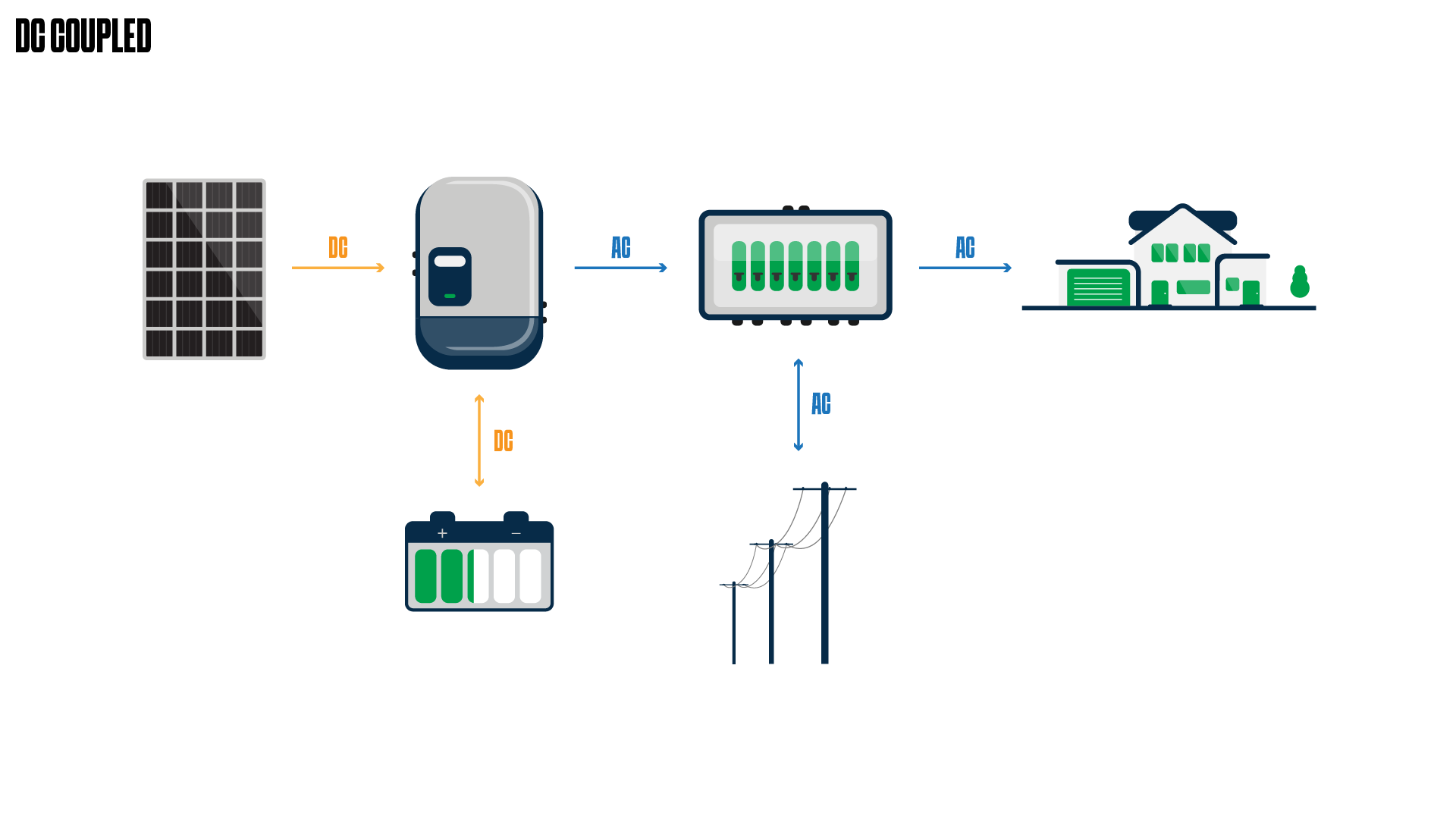
DC-coupled battery storage refers to how a battery system can be directly integrated with your solar system through a battery-ready, hybrid inverter like the Fronius Symo GEN24 which manages both the solar and battery system simultaneously.
Depending on how the DC-coupled battery system is configured, the hybrid inverter can decide between sending non-converted DC energy to charge the battery, or inverter it to AC to power home appliances. This makes it more efficient as there are fewer conversions occurring.
Installing a DC-coupled battery is generally recommended for properties that are also looking at getting a new solar system installed too. This ensures that the solar system is fully-integrated with the DC-coupled battery which is great for areas with frequent blackouts, as the solar will continue to recharge the battery.
Advantages |
Disadvantages |
|
AC-Coupled Battery Systems |
Flexibility: With the ability to retrofit to a range of solar systems of all ages, AC-coupled batteries also offer flexible installation location options, as well as a broader range of compatible inverters. Independence: As solar and battery systems are separate in an AC-coupled design, your battery can be charged from both solar and from the grid. |
Complexity: Even though an AC-coupled retrofit is generally easier to install, the overall system can become quite complex as there are more components involved. Backup Power Limitations: It is also important to note that some AC-coupled batteries lose the ability to charge via solar during grid outages. Most solar inverters need a stable grid connection to remain operational. |
DC-Coupled Battery Systems |
Recommended for Off-grid setups: Due to the minimal loss in energy conversions, off-grid systems could reduce losses and maximise production and storage. Only Option for Off-Grid Setups: DC-coupled battery systems are directly compatible with off-grid inverters, allowing properties to generate, store, and consume their own electricity. |
Adaptability: Installing a DC-coupled battery system requires the property’s solar array to meet all current Australian standards and certifications for hybrid inverter connection. This means that older PV arrays may need to be replaced for compatibility purposes. |
Determining on whether an AC-coupled or DC-coupled battery will come down to your unique situation and requirements.
If your home has existing solar without a hybrid solar inverter, an AC-coupled battery may be better suited for you. If you're installing an entirely new solar system, investing in a hybrid DC-coupled battery system is the way to go.
For homes with existing solar, it may be more cost-effective to retrofit an AC-coupled battery to your solar system.
For homes getting a new solar system, a DC-coupled system might make more sense for longevity and future compatibility.
If you’re looking at getting a battery for your property and are unsure whether an AC or DC-coupled battery would be better, we highly-recommend contacting your local solar battery installers to determine the right solution for you.
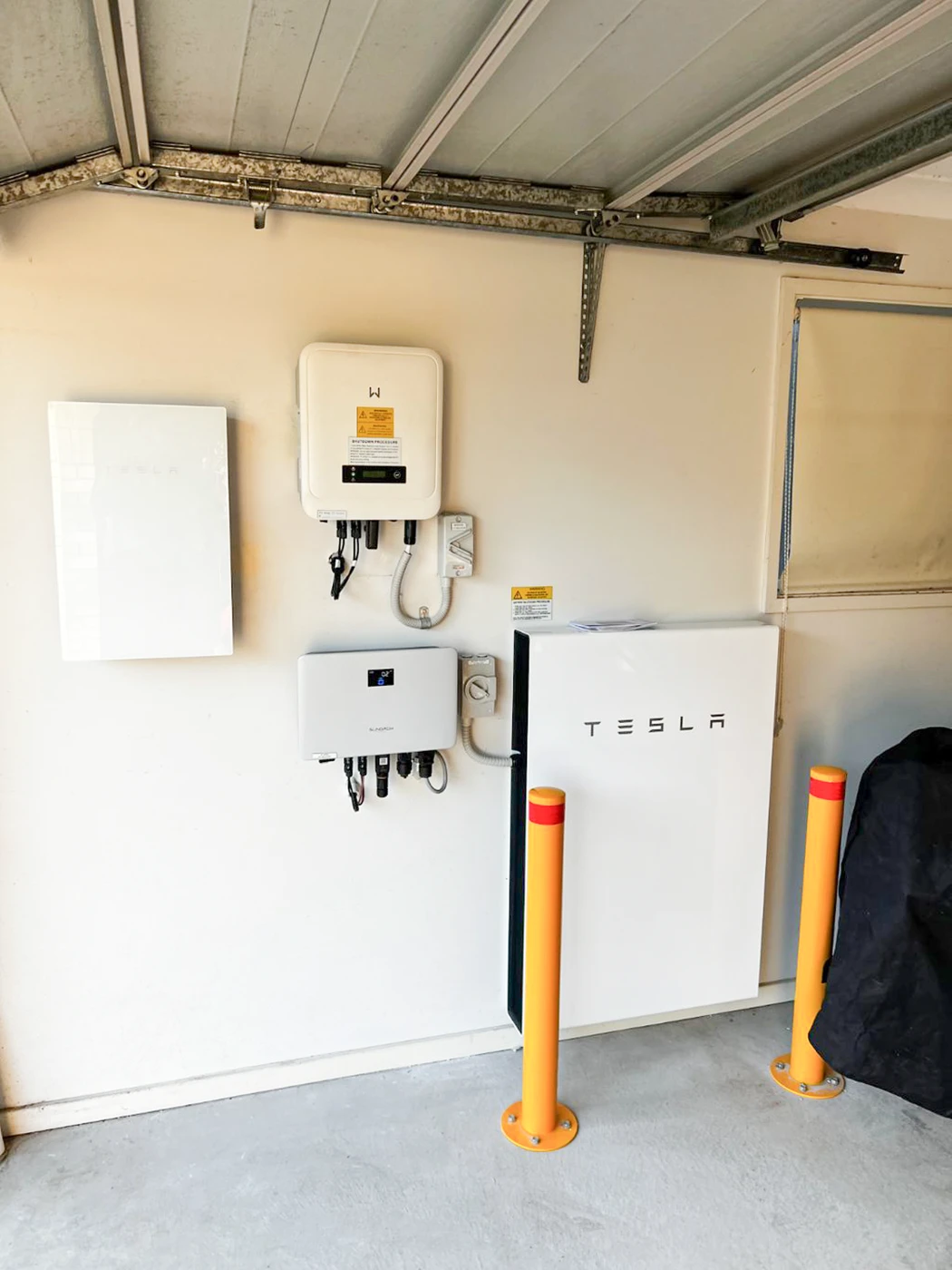
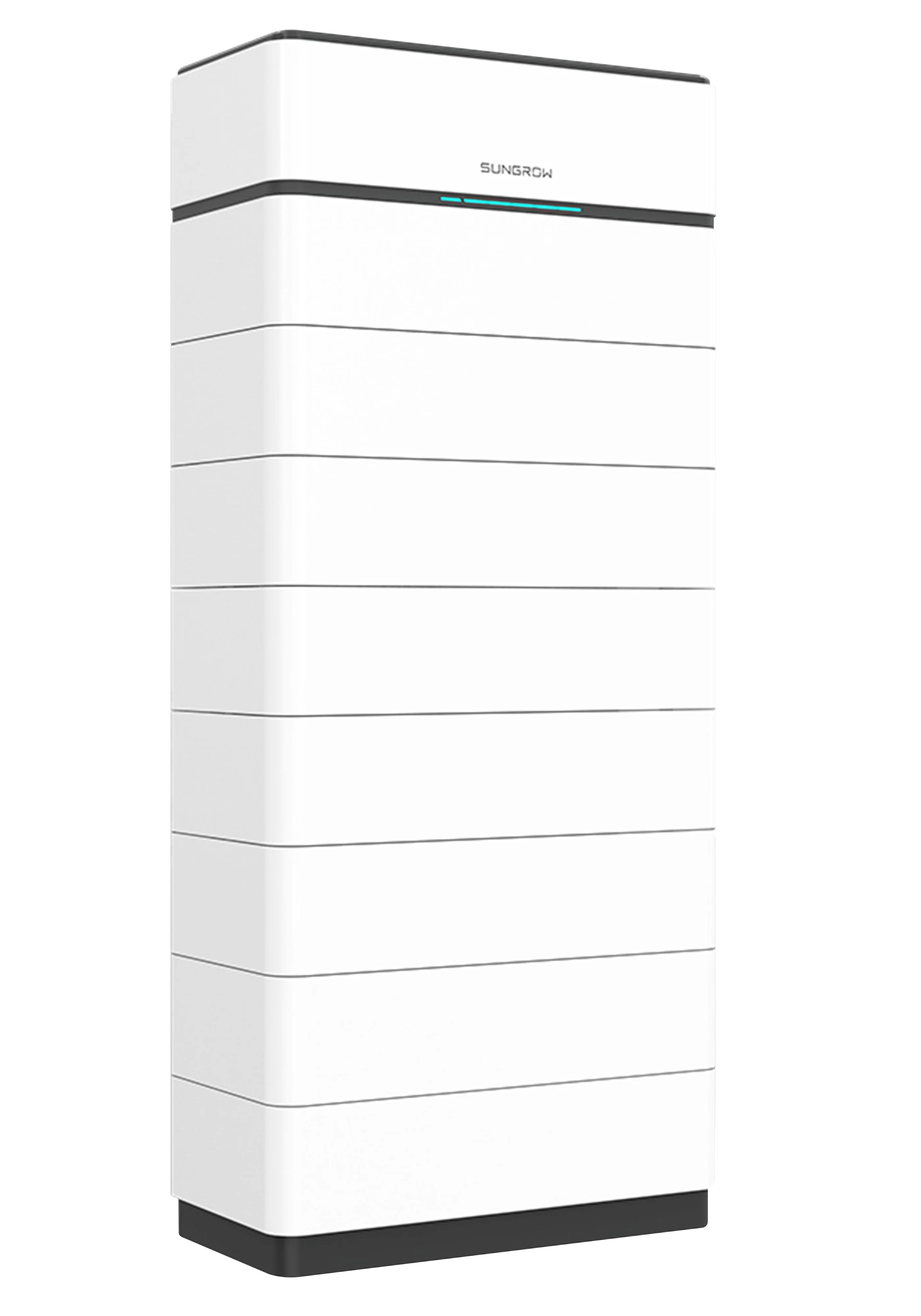
Understanding the difference between alternating current (AC) and direct current (DC) is easier than you might think. We actually made an article around this if you'd like to know more.
Essentially, both AC and DC refer to how the current flows in an electrical current. DC flows in one direction and is used in battery storage, where AC is dynamic and switches directions which is used in your home in power outlets etc.
Your solar system and battery both use DC, where your home appliances run on AC electricity, so there needs to be a conversion somewhere to accommodate.
Both AC and DC-coupled batteries will have their own unique costs including installation labour requirements desired brands and models, capacities, as well as rectification and additional components required.
Each property will also have its own set of requirements which indicate varied costs of installation an AC and DC-coupled battery system.
Most solar and battery storage installers will provide free consultation and quoting to better help you find the best system for you and your property.
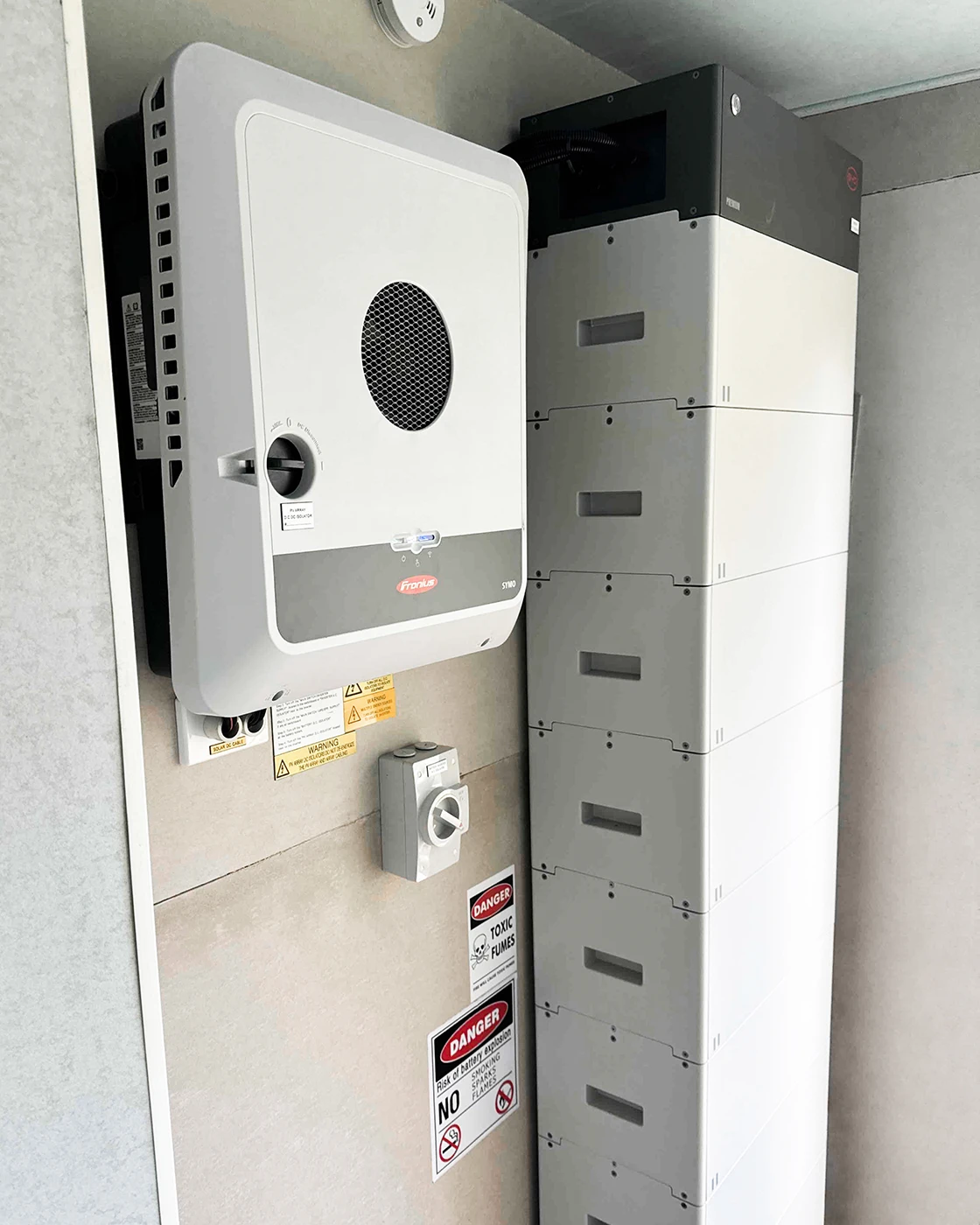
It can be hard to find information on what batteries are AC-coupled and DC-coupled, so we've listed the batteries we install below and their coupling. To have DC-coupling available for your property, you will need a hybrid inverter (more in this later).

With 13.5kWh of energy capacity, Tesla Powerwall 2 is designed to be AC-coupled for homes in NSW. Tesla Powerwall 2 has a built-in inverter which can invert DC and AC.

Also offering 13.5kWh of energy capacity, Tesla Powerwall 3 can be both AC-coupled and DC-coupled. With a built-in solar inverter, Tesla Powerwall 3 doesn't need an external inverter.

Sungrow's SBH series provides an energy capacity range from 20kWh to 40kWh on a single stack which can also be either installed as an AC or DC-coupled battery system.
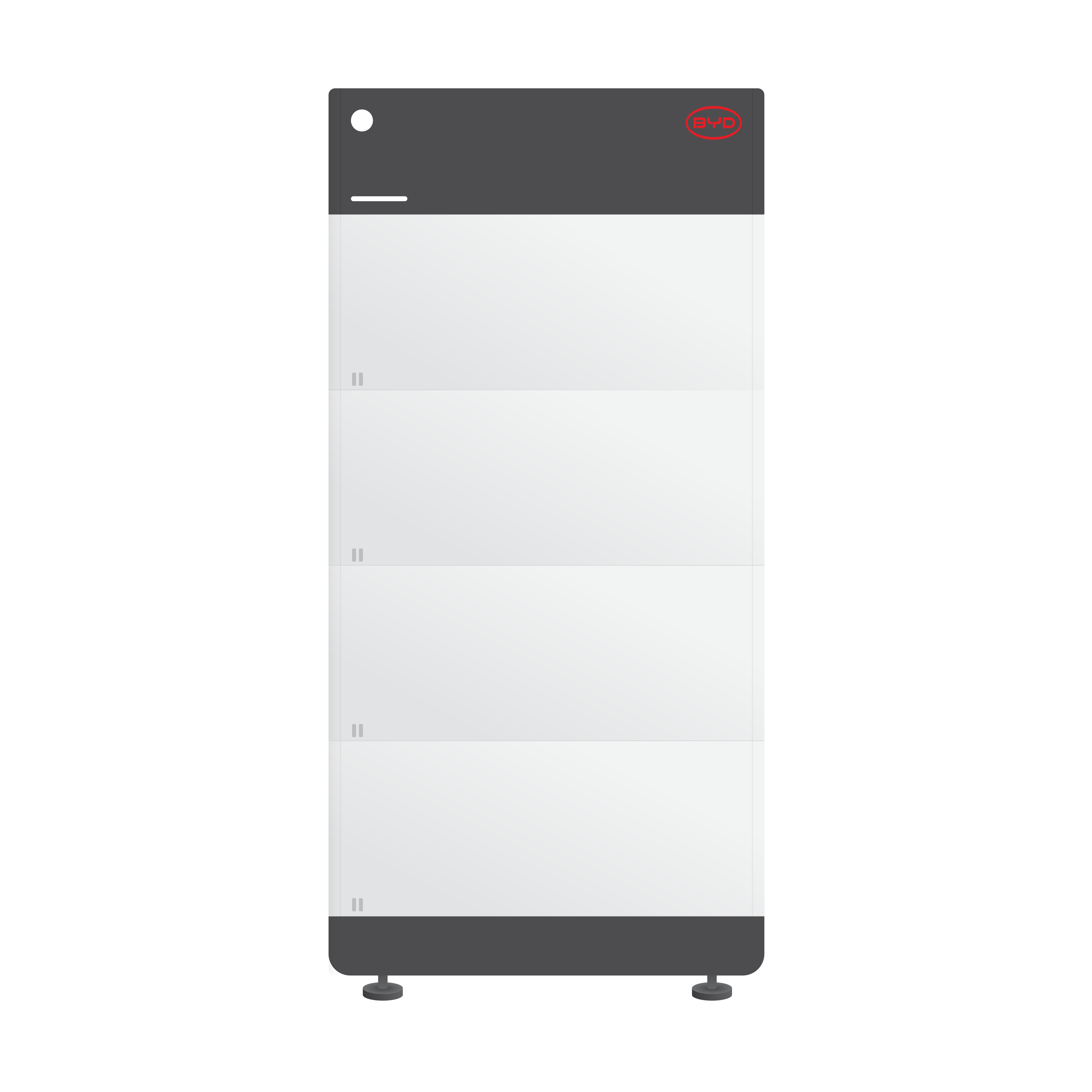
With modular and expandable energy storage options from 8.1kWh to 21.7kWh, BYD Battery-Box can be AC-coupled
and DC-coupled to homes in Australia.

The difference between traditional grid-tied and hybrid inverters consists of features and future potential with the ability to upgrade in the future.
Hybrid inverters, otherwise known as ‘battery-ready inverters’, are designed for controlling both traditional solar DC and AC inversion, as well as battery storage inversion all in the one unit.
With the ability to operate in both on and off-grid situations, a hybrid inverter is capable of seamless transitions from grid energy to solar or stored battery energy during outages.
Whilst hybrid inverters have fewer compatible battery options, they are generally preferred for backup energy solutions for regular grid outage prone areas due to their seamless transitioning and high energy efficiency.
Not every home solar battery will have its own built-in inverter to convert AC and DC. AC-coupled batteries like Tesla Powerwall 2 have their own built-in inverter to have the ability to be retrofitted and AC-coupled to existing solar systems.
Because AC-coupled battery storage is not reliant on the solar inverter, the unit must be able to convert its own energy to be used for storage of home consumption.
Newer battery storage like Tesla Powerwall 3 offer both AC and DC-coupling solutions to enable a wide variety of flexibility in solar and battery configurations.
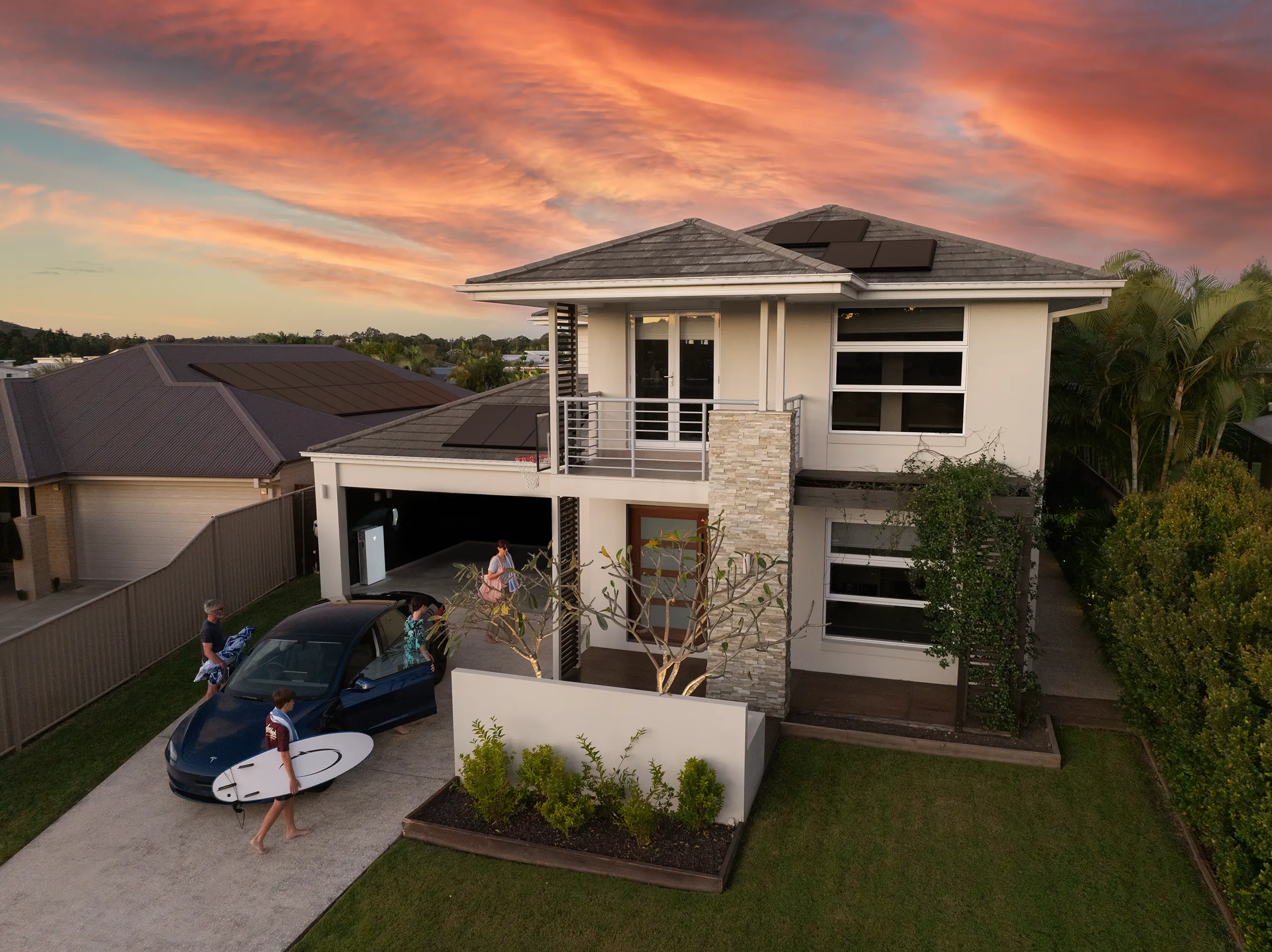

For off-grid properties, DC-coupled battery storage is chosen because of seamless integration with off-grid solar inverters like Selectronic SP PRO's, which manages both solar and battery in the one unit.
Whilst it's not a dealbreaker, knowing you're getting the absolute most efficiency out of your solar system is always ideal.
Whether you're an existing solar owner or someone who is looking into getting their first solar system installed, it is definitely recommended to research and determine whether a battery is a good investment for your energy.
Choosing from both DC and AC-coupled systems can both bring benefits to ensure you get a good return on your investment, as well as reliability and future upgrade capabilities.
If you're seriously considering what kind of battery to get, we offer free consultation and quoting for homes and businesses in the Newcastle and Maitland region, with SAA-approved solar and battery designers and installers here ready to help find the optimal, compliant energy system.
Discover how to choose the right solar battery size for your home. Compare 10kWh, 16kWh, and 20kWh options to maximise savings, and solar in NSW.
Explore what Virtual Power Plants (VPP) are, if joining is worth it, and how NSW solar battery owners can earn rewards, FiTs & rebates in Australia.
Explore what solar hotspots are, how they can affect your panel performance & efficiency, & how bypass diodes can affect your cells & strings in Australia.
Explore the process of installing rooftop solar and battery storage systems in a step-by-step guide of 9 easy steps on how solar is installed in Australia.
Finding the right Electric Vehicle charger like Tesla Wall Connector, Zappi, Fronius Wattpilot, and Ocular IQ. Determine the best speeds and features here.
Is your roof suitable for solar in Newcastle? Learn how terracotta vs. tin roofs, tilt, orientation, condition, and shading can affect home solar generation.
Differences between power vs. energy and kW vs. kWh electricity with examples on how power refers to the rate and energy to the amount over time.
Explore upcoming & available bidirectional V2G-capable chargers in Australia from V2Grid, RedEarth, Sigenergy, Enphase, Tesla, and Fronius EV charging.
Compare the difference between Sungrow's SBH and SBR battery storage vs. BYD Battery-Box and find what battery is better for homes or businesses in NSW.
The NSW Government have announced that the NSW Battery Rebate (PDRS) will be suspended on June 30th, 2025, and will no longer be available.
Avoid the 9.7% NSW electricity bill increase with expert tips on reducing energy costs, optimising solar usage, and finding better energy plans in 2025.
Explore how you can use your EV battery via vehicle-to-load (V2L) as a backup energy source during blackouts to power your home appliances in Australia.
Explore Australia's Federal Government solar battery rebate subsidy like eligibility, approved batteries, requirements, and more about the upcoming incentive.
Partnering with Elite Power Group, Maitland City Council have invested in more electric vehicle chargers in the Maitland area, supporting the uptake of EVs.
Does installing solar & batteries affect home insurance? Explore how solar & energy storage changes home insurance premiums in Australia, NSW in 2025.
Should solar owners get a home battery (ESS) or wait for vehicle-to-home (V2H) technology to use electric vehicle battery power to be available in Australia?
Discover how you can save on your solar panel system installation through available rebates, incentives, financing in the Newcastle and Maitland region 2025.
Explore the differences between AC-coupled and DC-coupled solar battery storage systems with examples and comparisons for homes in Australia.
Explore if fleet or public electric vehicle charging is better for charging workplace and employee EVs for your business in Newcastle & the Hunter, NSW.
With homes, Australian standards, and energy networks being ready for bidirectional charging, why the wait? Let's explore grid, EV, & charger developments.
Discover the differences between Tesla Powerwall 3 and Sungrow SBH battery storage and which one is better suited for homes across Australia, NSW in 2025.
Explore the differences and if hot water solar or solar PV systems are better, along with heat pumps and electric water heaters for home savings in Australia.
Working closely with the Newcastle City Council, we helped the development of Gregson Park Playspace with electrical infrastructure, lighting, and facilities.
A very strong storm passed through the Hunter, leaving over 100,000 homes without power. Here's how you can protect your home's energy with independence.
As 2025 comes to light, homes and businesses in NSW have access to a range of rebates and subsidies that allow for discounted installations of solar and battery solutions.
Completing a commercial solar and electric vehicle charger installation, our Thornton neighbours can take full advantage of renewable electricity and charging.
Elite Power Group installed a 2MW commercial solar installation for National Ceramic Industries Australia, totaling 4000 solar panels in Rutherford.
Explore various ways where homes and businesses can reduce electricity bills and maximise solar generation in Newcastle and the Hunter, NSW for 2025.
Explore whether rooftop or ground mounted solar systems are better for homes, farms, and remote properties needing solar PV power in Australia.
The journey of bidirectional charging in Australia has hit a milestone with the recent approval of the new standard for vehicle-to-grid (V2G) charging for 2025.
Explore how daylight savings and seasonal changes during winter and summer can affect your solar panels performance and solar generation in NSW, Australia.
For cabins, homes, and sheds with limited or no access to grid energy, getting an off grid solar and battery storage system may be worth it in NSW in 2025.
Everyone has seen a solar installation a normal roof like tin or tiled roofs, but have you ever seen a solar installation a roof made of Brass? Well we did one...
With the release of the new Clean Energy Council (CEC) H1 2024 report on solar and battery storage, it gives an idea of the upward path of Australia’s renewable energy adoption.
Amber & ARENA have started trials for Vehicle-to-grid technology in NSW, Australia to help develop standards and framework in V2G and Bidirectional charging.
Are you maximising your solar energy production? Explore ways to improve self-consumption, and accelerate returns and benefits in NSW with solar tariffs.
Explore the differences between Tesla Powerwall 2 vs. Tesla Powerwall 3 solar battery storage specs, pricing, and features in Australia for homes.
Explore solar battery fire risks, hazards, and statistics, and if solar batteries are safe to install for homes in NSW, Australia. (Spoiler alert.. they are!)
Investing in your solar system has many opportunities, but should you replace your panels, upgrade with more solar, or add battery storage to your home?
Though bidirectional charging isn't available, vehicle-to-grid is already turning heads in Australia with its potential to change energy consumption and distribution.
Explore how Australia's energy is evolving with t like Microgrids, DER's, Virtual Power Plants, & Demand Response, for solar and battery systems.
The differences between alternating current (AC) and direct current (DC) with real life examples on electrical flow, voltage, and power in Australia.
Discover how commercial solar battery storage can benefits businesses in NSW, with benefits like maximising solar, reducing operational costs, and more!
In the new 2024 CEC report, they found that renewable contribution in the overall supply of energy in Australia, produced 40% of Australia’s total electrical supply.
So you've invested in solar to reduce your electricity bills, but since then your bills are still high? Explore why your energy bills are still high even after solar.
Discover the differences between peak and off-peak electricity hours and times in Australia, as well as energy tariffs and the best time to use power.
If you're looking to reinvest in your solar system should you add panels and upgrade, or should you replace the entire system and start fresh? Which is better?
Explore the differences between single phase vs. three phase power, and how 1 phase and 3 phase electricity works with real-life examples in Australia.
If your solar panels are dirty, explore easy ways to DIY clean your solar panels, or when to get your system cleaned by a professional solar cleaner in Australia.
Avoid costly mistakes when choosing a solar installer in NSW. Learn how to spot red flags, compare quotes, and choose a trusted solar provider.
With aspects constantly changing, Australian's are wondering if solar is still worth investing in for 2024, and if owners will actually earn anything from solar energy.
How do solar batteries work? Some might believe that they use magic, but let's walk through how they work in simple terms to help you better understand battery storage.
Now is the best time to invest in solar panels.. here are 4 reasons why Australians should invest in solar energy before it's time runs out for 2024.
The NEM or otherwise known as the National Electricity Market, looks after interconnecting the 5 states, as it is difficult to store and distribute electricity.
Agrivoltaics, also known as solar farming, is a concept that combines agriculture and solar energy production to allow for both food and energy production.
The energy required to heat hot water is quite high and for most Australian households. Here are some strategies on how to save on your hot water heating bill.
So you bought an electric vehicle, but what's the best way to charge it? Discover how to prepare your home for an EV charger station and what to do in NSW.
Explore the latest battery storage rebates for home solar energy storage in Australia. Will there be a rebate? If so, when and how will the scheme work?
What's the best Solar EV Charger? Zappi or the Wattpilot? We have put together a side-by-side comparison, including the pro’s and con’s for both EV chargers.
With booming solar adoption, Newcastle is quickly becoming a sustainable region with homes and businesses adoption the technology. What's happening?
Differences between bidirectional Vehicle-to-Grid (V2G), Vehicle-to-Home (V2H), Vehicle-to-Load (V2L), and compatible chargers and EVs in Australia.
Our team attended the Electric Vehicle open day in Lake Macquarie hosted by Lake Macquarie City Council, and what a day! From all the fun events, to the informative aspects, everyone definitely got something out of the day.
If you're an electric vehicle enthusiast, then you'll want to check out this unboxing of the Fronius Wattpilot Electric Vehicle Charger. This charger is designed to charge electric vehicles quickly and efficiently, so you can hit the road.
Explore how artificial intelligence relates to the renewable energy industry and how it may change the way we produce, store, and distribute energy in Australia.
This was one of our most remote installations yet....
We are very proud of our team and the work we do.
In particular, thanks to the team from School
Infrastructure NSW for letting us be involved in this
project.
Renewable News Articles
Not only are we specialists in solar power, but we pride ourselves in being leading installers in battery
storage, as well as EV charging for homes and businesses. For solar and battery systems, we offer both on and off-grid solutions for a
range of applications.
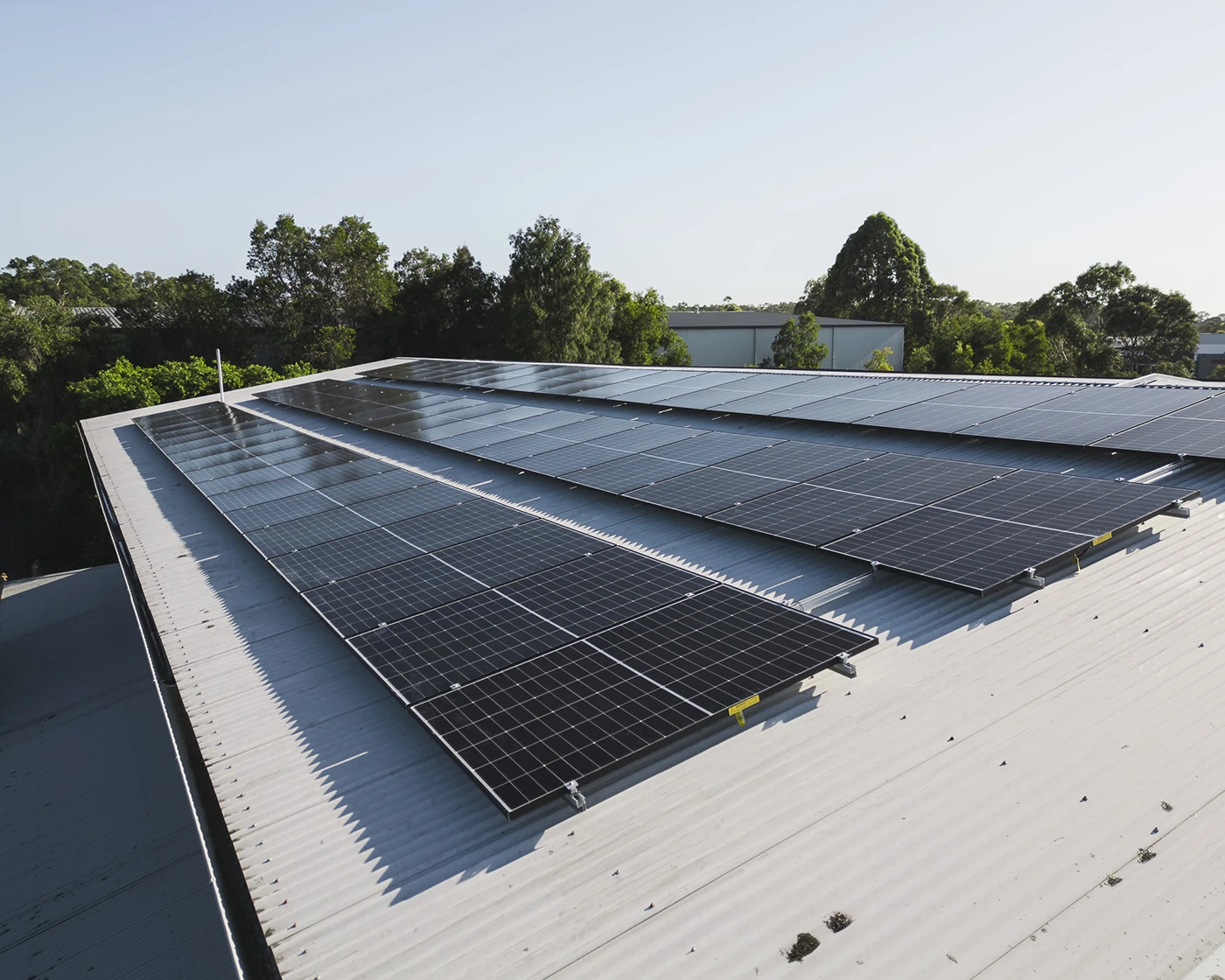
Newcastle's leading solar installers, providing long-lasting residential and commercial rooftop solar systems.
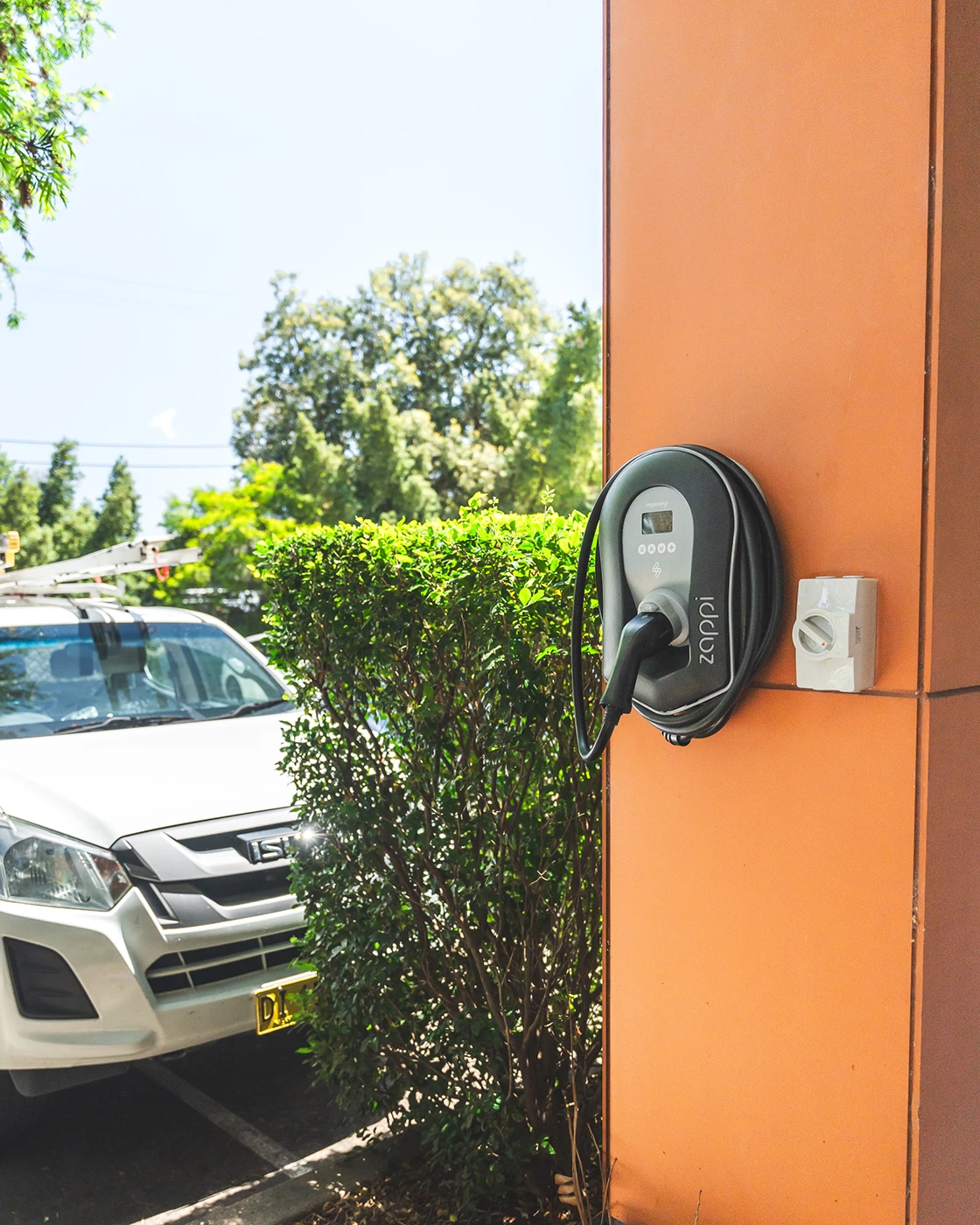
Experts in both residential and commercial electric vehicle charging station installations from 7kW - 360kW+.
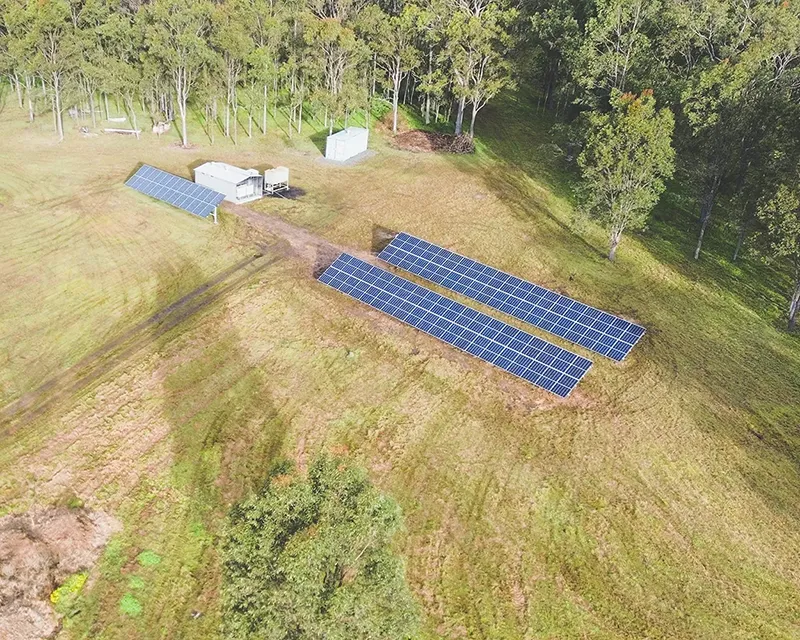
Specialists in off-grid solar and battery, helping properties never have to pay another electricity bill again.
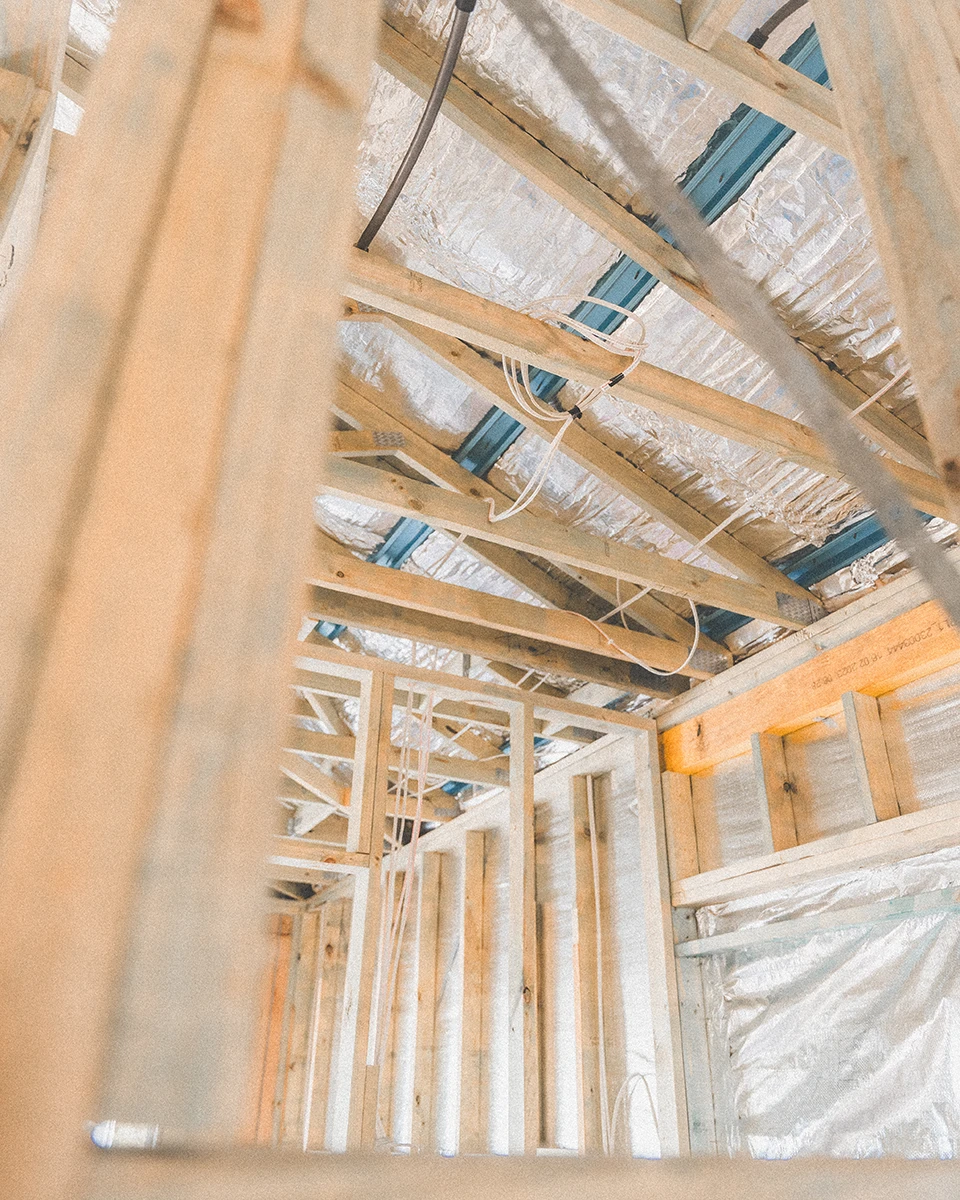
With decades of electrical and industry experience, our fully-qualified & licensed electricians are here to help.
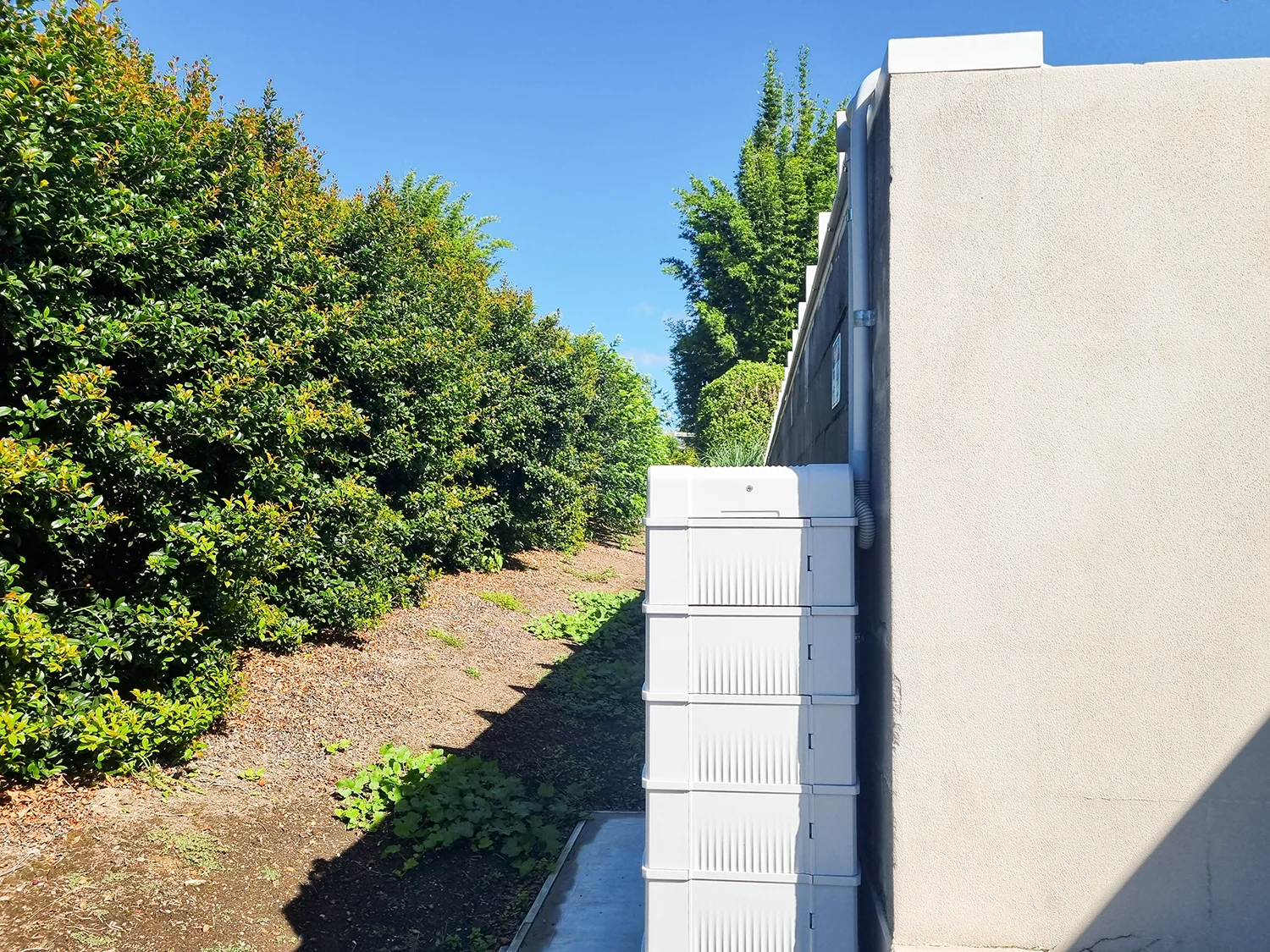
Maximise your solar generation with battery storage from reputable brands to accelerate return-on-investment.
Leave a Comment